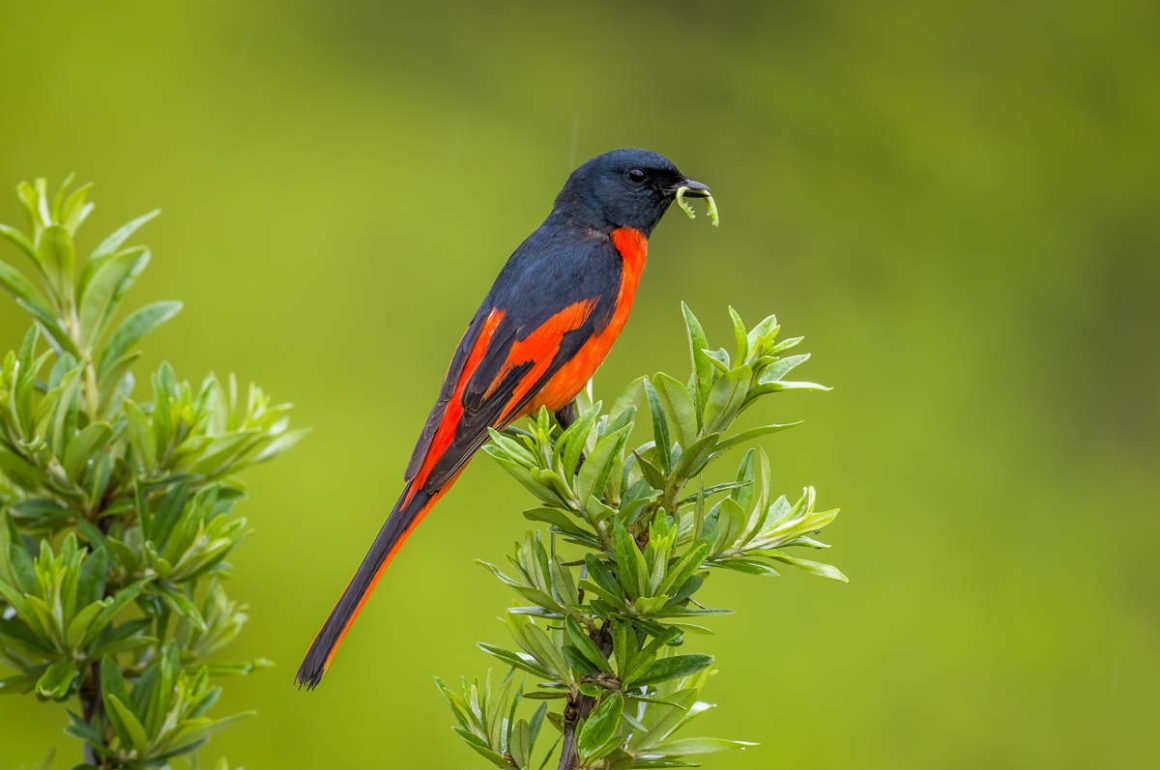
Yes, I know. It is kind of unappealing to see blog posts with highly specific and rather boring-sounding titles such as this one. But then, birdwatching is boring most of the time, too – all the periods when there are no birds …
As by now usual for me, the trip was done with Alpinebirding, which helped reduce the time spent not seeing any birds. And yes, they are still offering me free beers on future trips if I mention them positively in one of these posts. A clear conflict of interest, if you ask me.
Birding the tunnel area (and some places at roughly the same level) was a bit of a disappointment this time as I failed to get good shots of the rather secretive Firethroat …
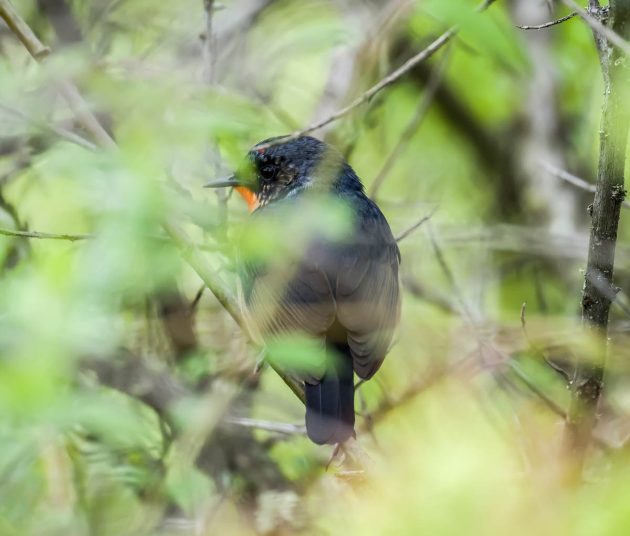
… and the male Chinese Monal.
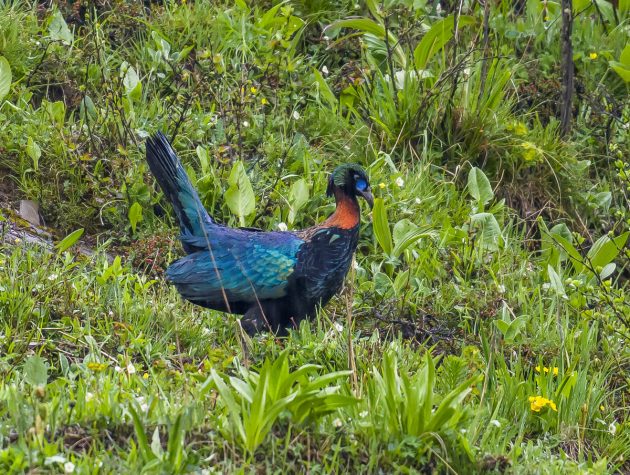
However, I take it as a compliment to my own masculine appeal that the female Chinese Monals were much more accommodating. I almost convinced myself that females are more attractive than males anyway …
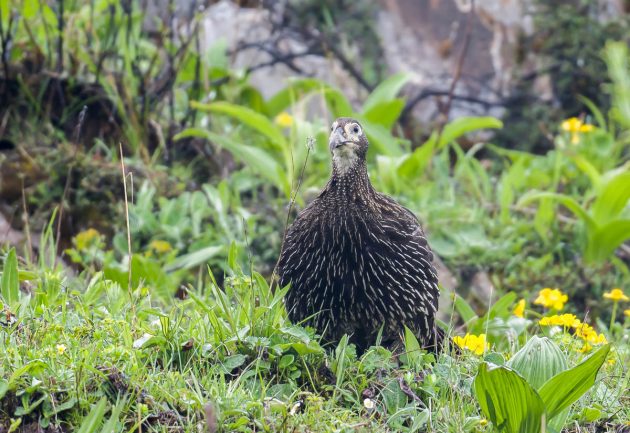
The Chinese Monal is classified as Vulnerable, and climate change is expected to reduce its range further as it shifts to higher elevations (source).
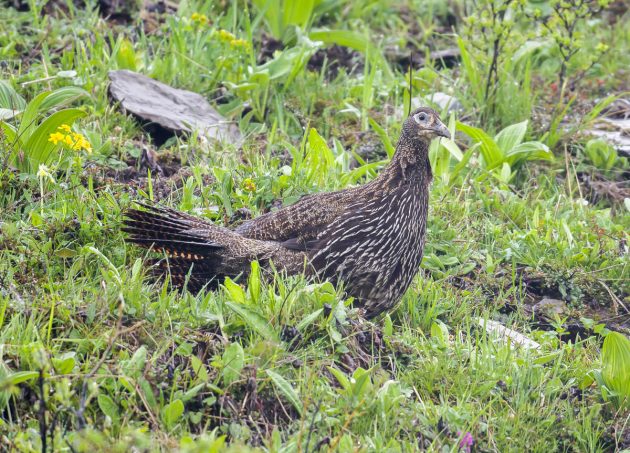
There are scientists who look at what Chinese Monals eat, though the methods employed sound somewhat unpleasant, as indicated by a paper titled “Seasonal variations in the plant diet of the Chinese Monal revealed by fecal DNA metabarcoding analysis”.
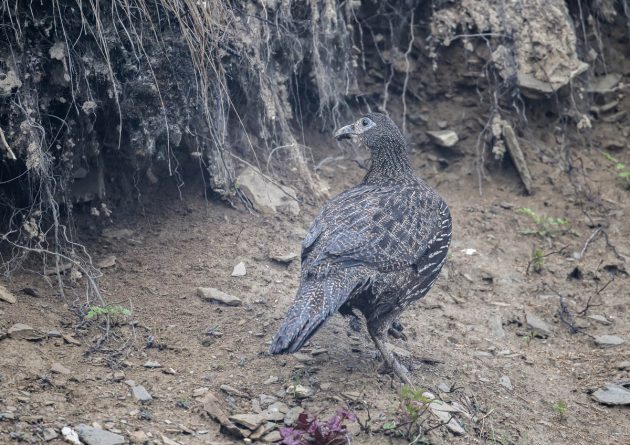
Continuing with the theme of disappointments, I took about 200 or 300 shots of Himalayan Griffons in flight, of which exactly one turned out to be serviceable (sadly, my suggestion to Alpinebirding to put a human or animal corpse somewhere to attract vultures was not taken up).
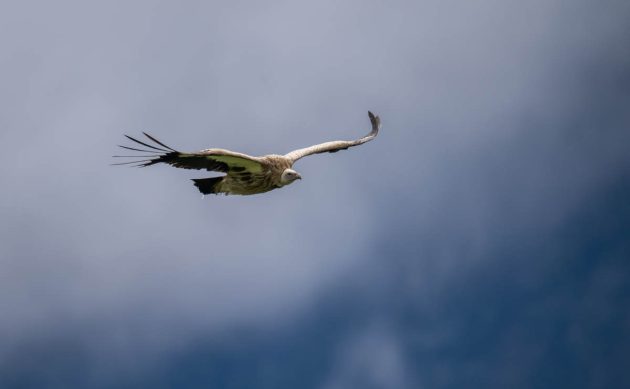
Naturally, like a football player accusingly looking at his shoes after missing an easy shot, I mostly blame all the bad photos on my camera.
However, compensation arrived in the shape of Golden Bush Robins – both male …
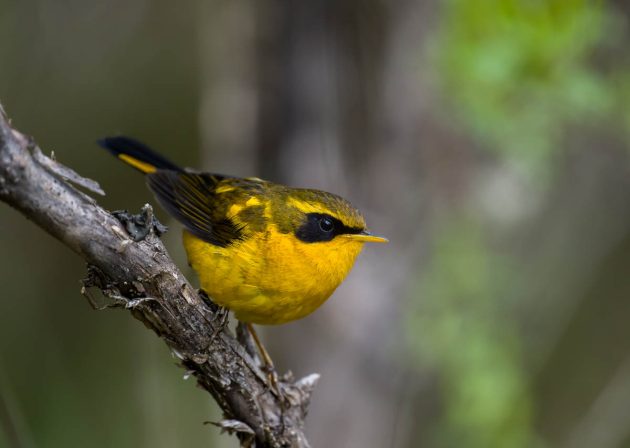
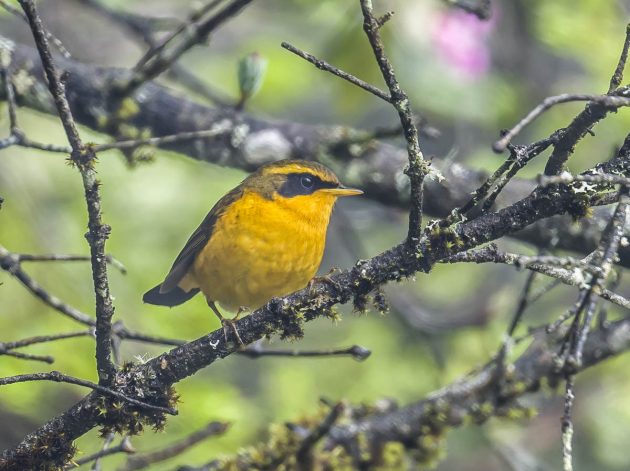
… and female.
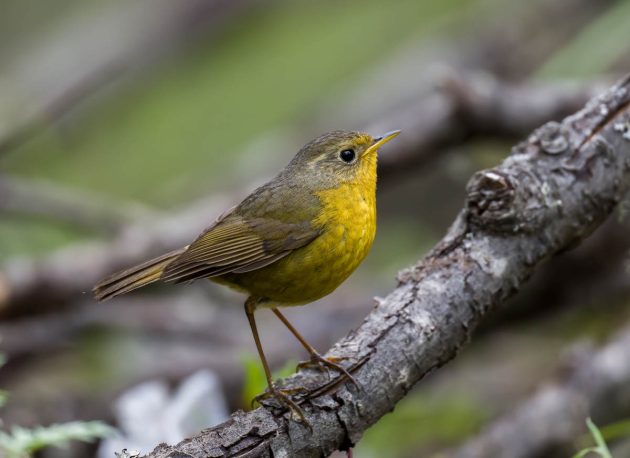
On a positive note, in one study, when small swaths of dense bamboo were cut and cleared for an unrelated study, these were utilized by small insectivorous species including the Golden Bush Robin for foraging. Humans are not always bad for birds, only about 95% of the time.
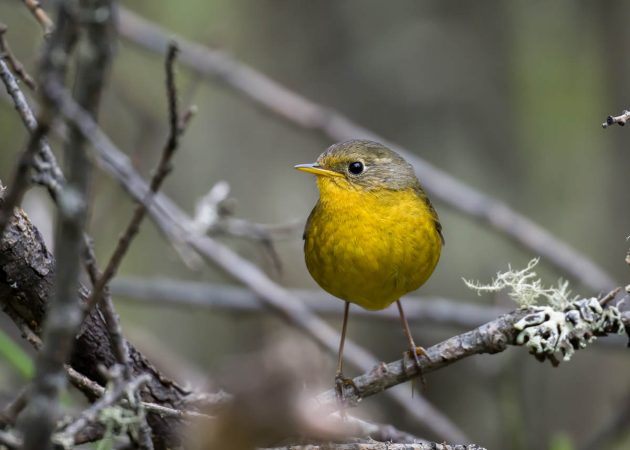
The tunnel area is also a good place for getting to know different rosefinches: Dark-breasted Rosefinch …
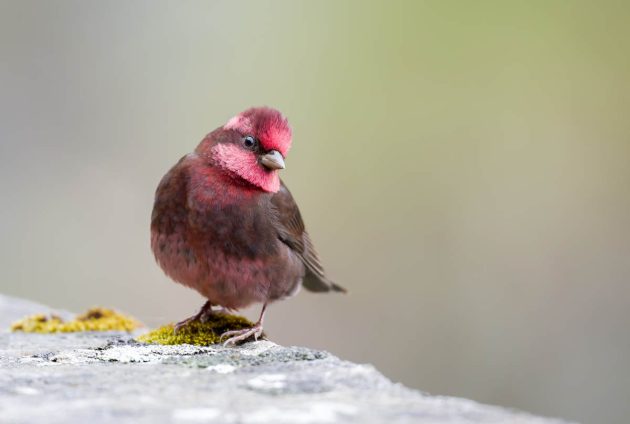
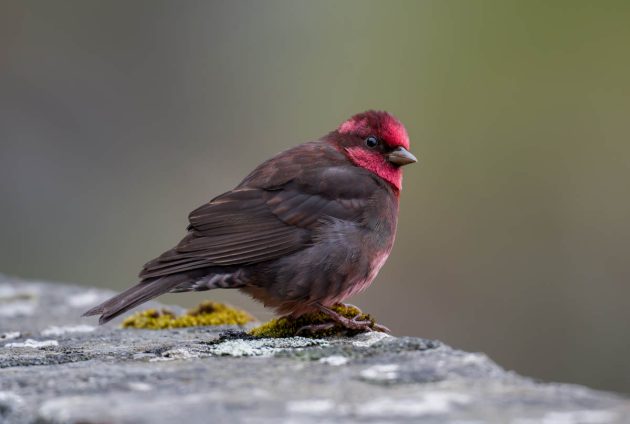
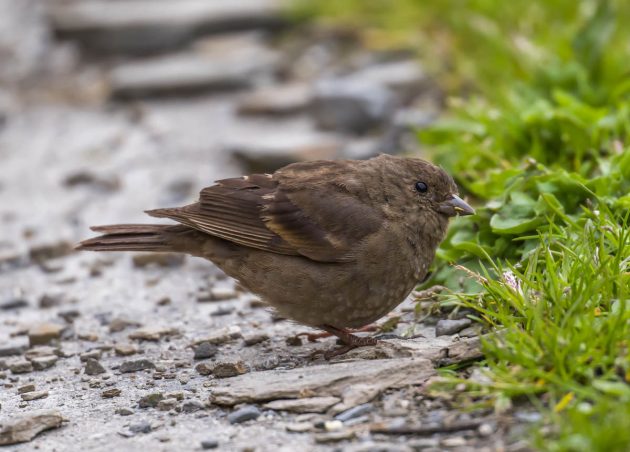
… Common Rosefinch …
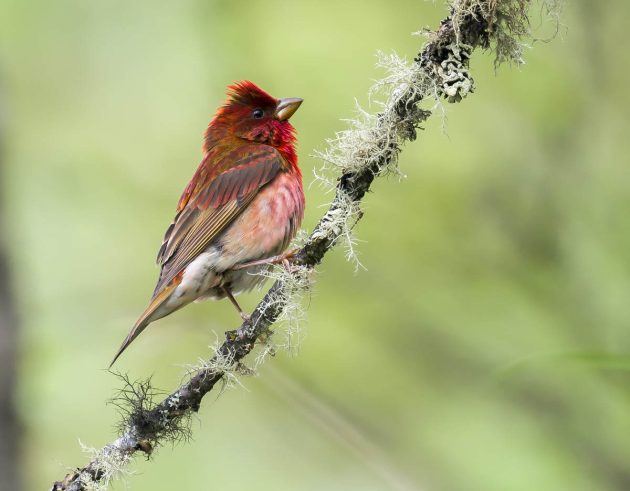
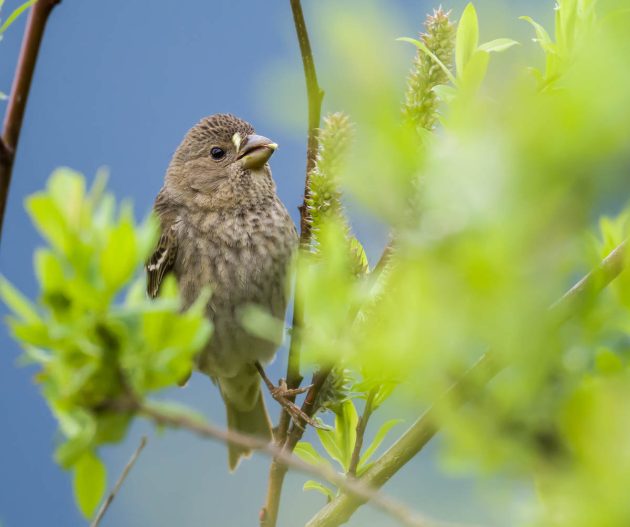
… and Chinese White-browed Rosefinch.
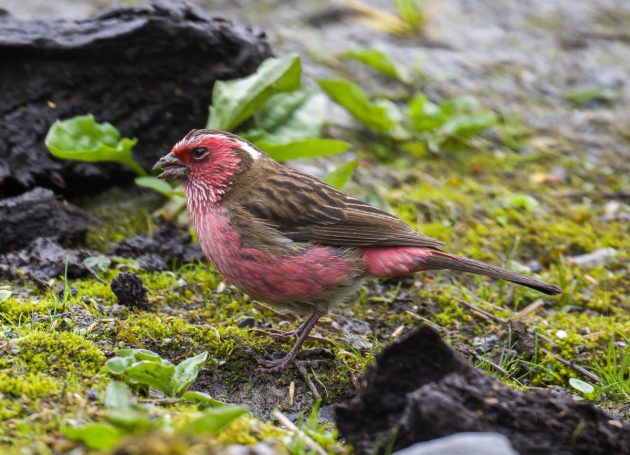
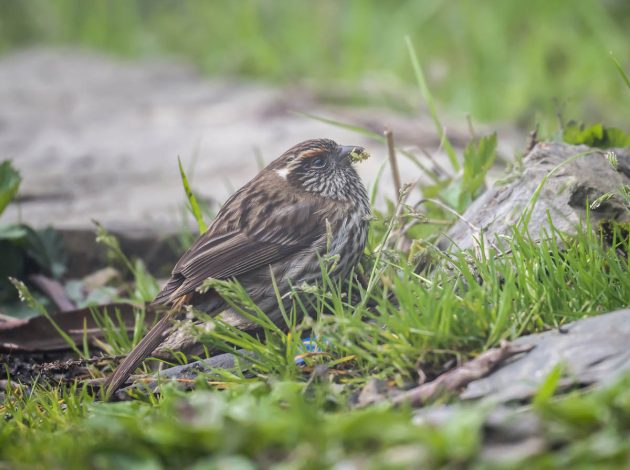
The Housemartins were a Hull, Uk based band active around 1983-1988, with some great pop singles such as “Get up off your knees” (with lyrics such as “Some own pennies in a jar, some own oil tankers” and “Don’t shoot someone tomorrow that you can shoot today” – the kind of lyrics I liked as an impressionable young man) and “Five get over excited“.
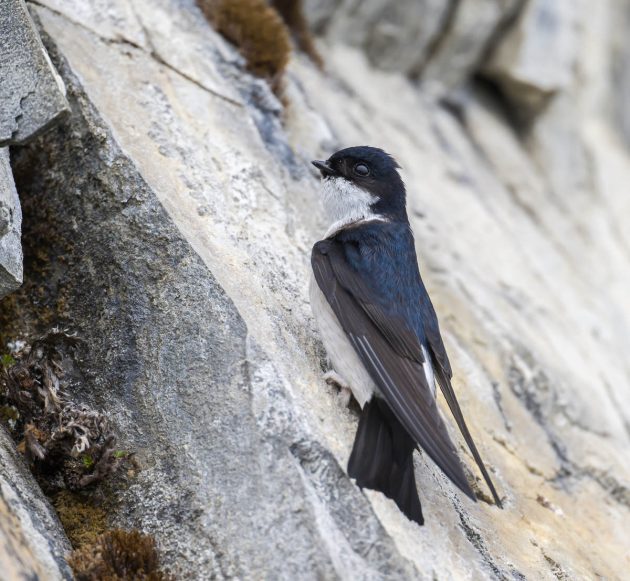
To honor the band, a few bird species were named after it, including the Asian Housemartin.
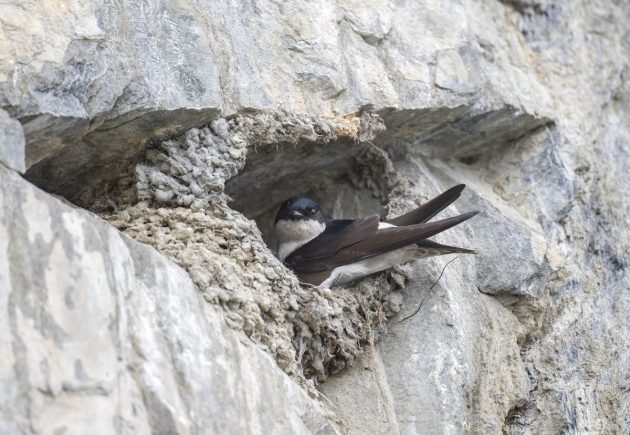
They breed in the tunnel area, giving those birdwatchers anxiously waiting for the Chinese Monal to show up something to do in the meantime – like watching the shift change.
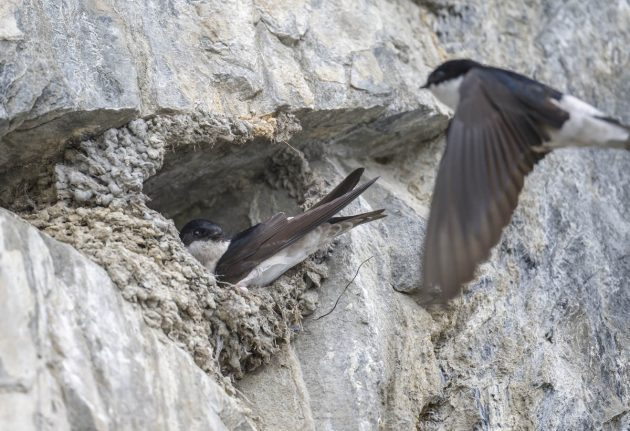
Apparently, Chestnut Thrushes with larger head volumes are more likely to learn a novel skill than individuals with a smaller head volume. Sounds a bit like some weird Nazi eugenics experiment to me, but I guess it is just science.
The Long-tailed Minivet is one of a number of similar-looking minivets in which the males are scarlet and red while the slightly less attention-grabbing females go for yellow and black.
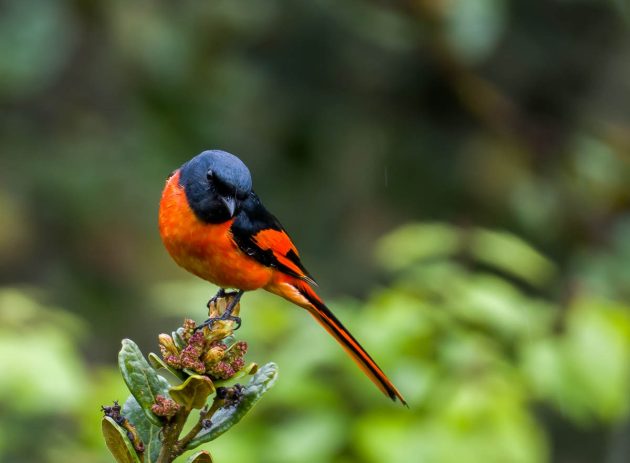
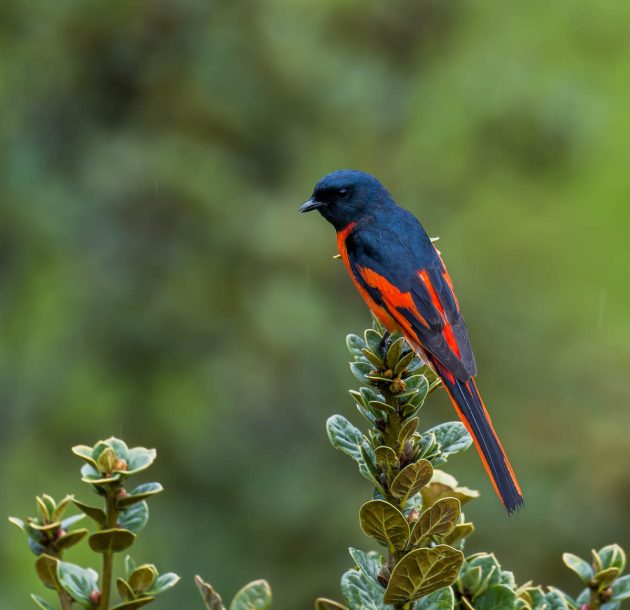
The HBW grumbles that the Long-tailed Minivet can only be “distinguished with difficulty from other red-and-black minivets” – a bit of a relief, I thought this was just me.
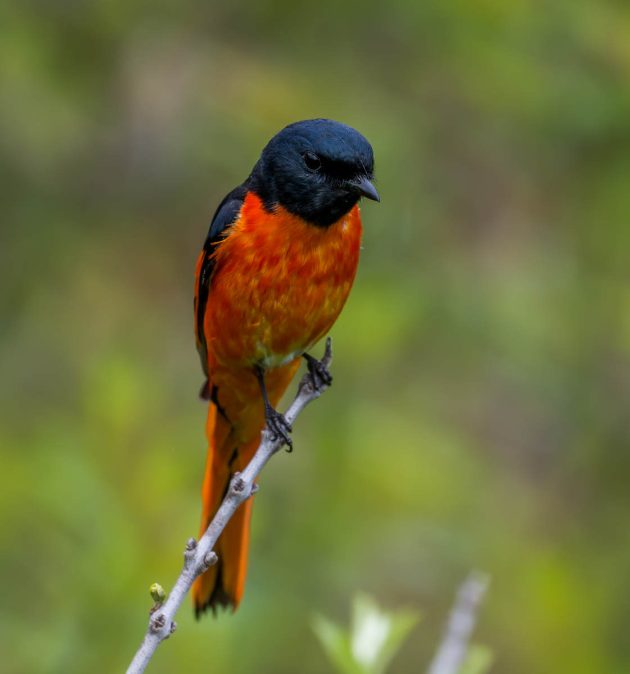
Anyway, one of my favorite photos of the trip.
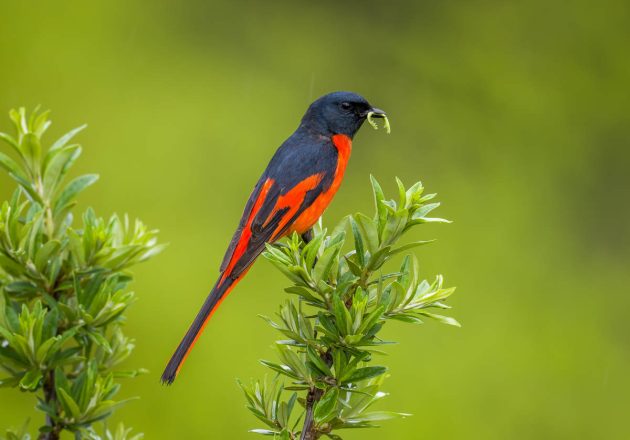
There are two redstarts with “white” in their name in the tunnel area. One is the White-throated Redstart.
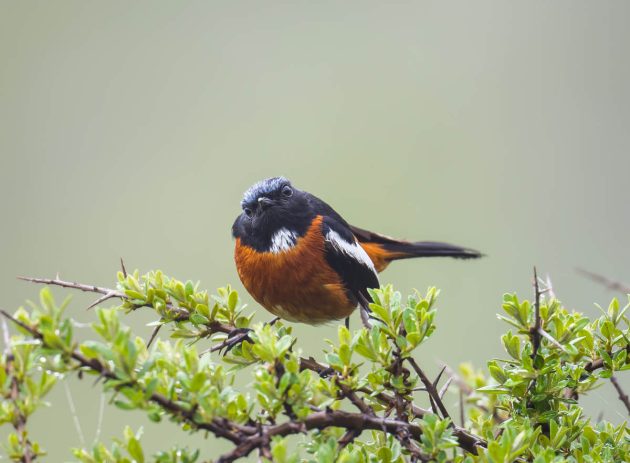
As typical for bird names, the species is named after a relatively inconspicuous part of its overall appearance.
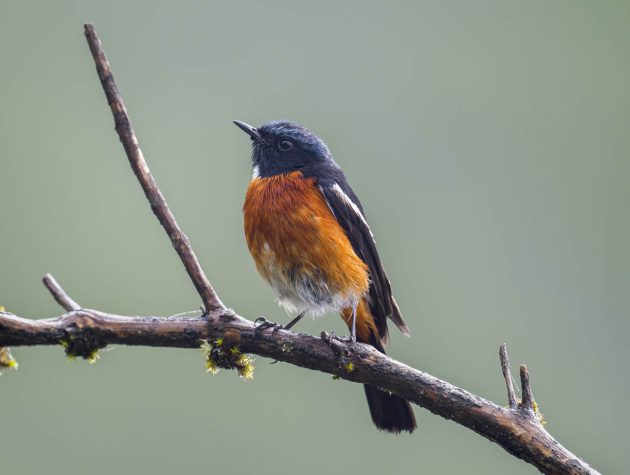
To me, at first glance, the Latin species name schisticeps – from “lapis schistos”, fissile stone, and “caput”, head – does not make much more sense, as fissile indicates that a stone is easy to split rather than having a specific color. A bird with an easy-to-split head?
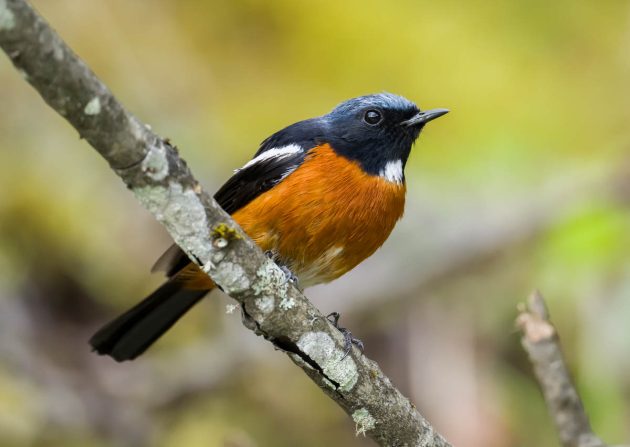
The other – more commonly seen along rivers in the mountains – is the White-capped Redstart.
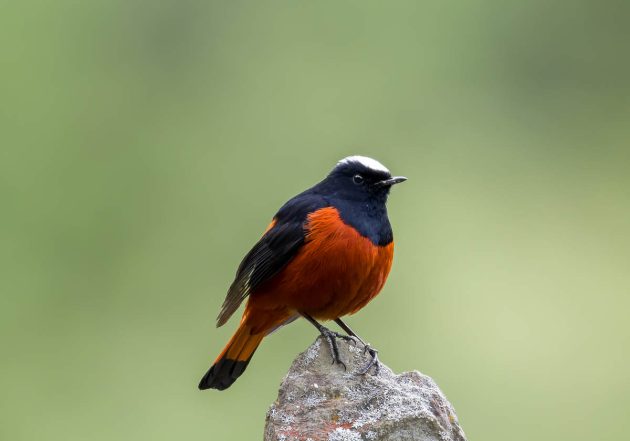
It often shares rivers with the Plumbeous Water Redstart (not shown) but spends more time on the river margins while the Plumbeous Water Redstart focuses on the central areas (source). Biologists – or as Ze Frank would say, the Science Hippies – call this ecological segregation (e.g., here). Humans often use a similar concept, for example, by excluding US Supreme Court Judges from following pesky rules regarding the declaration of gifts.
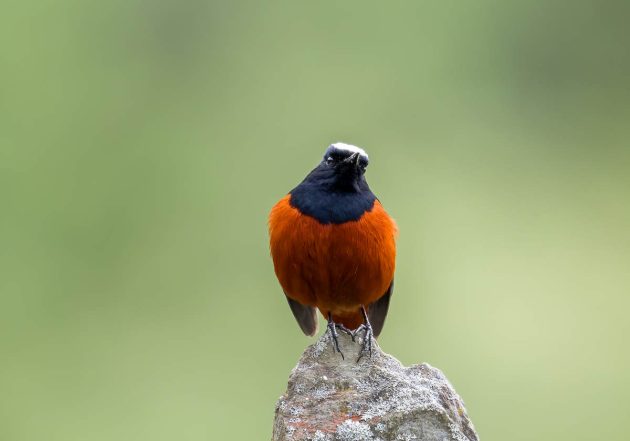
Not at the center of the river (never mind that this is just a puddle on the road).
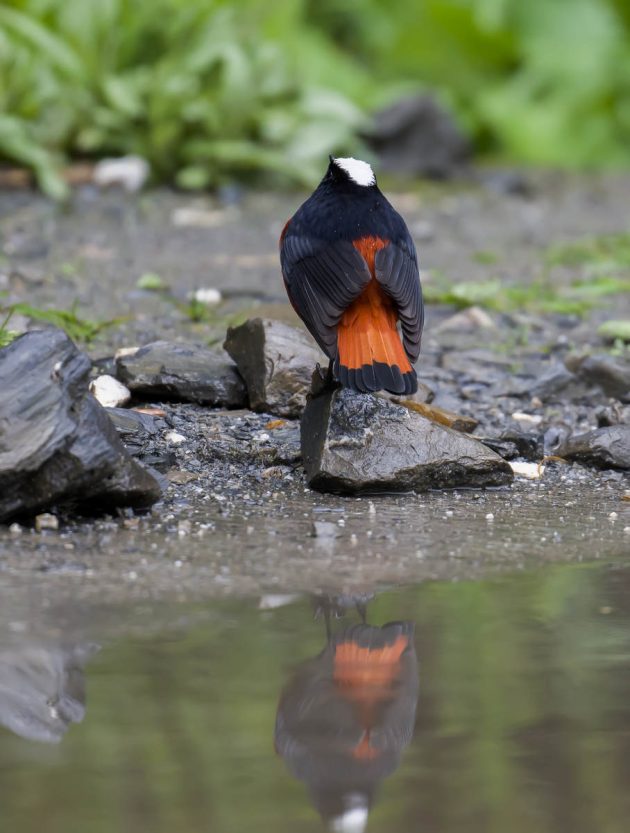
There seems to be some consensus about the generally boring appearance of the Aberrant Bush Warbler, with the HBW calling it “a nondescript, olive-brown, insectivorous bird” and eBird going for “small shy warbler. Dull brown …”
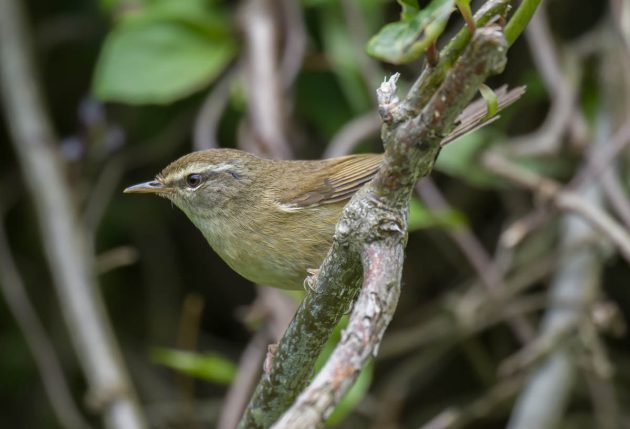
Given that some other bush warblers such as the Manchurian Bush Warbler have a similar appearance, I am not sure what the “aberrant” (“departing from an accepted standard”) refers to. Does anyone know? Even more boring appearance even by the low accepted standards of bush warblers?
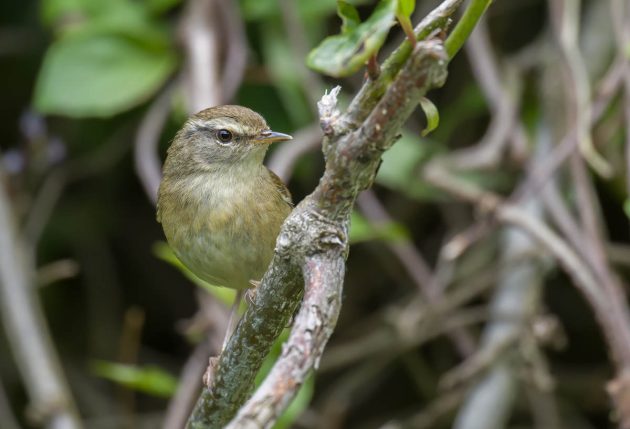
Birds that I did not come to Balangshan for – as they spend the winter in Shanghai – included the Red-flanked Bluetail …
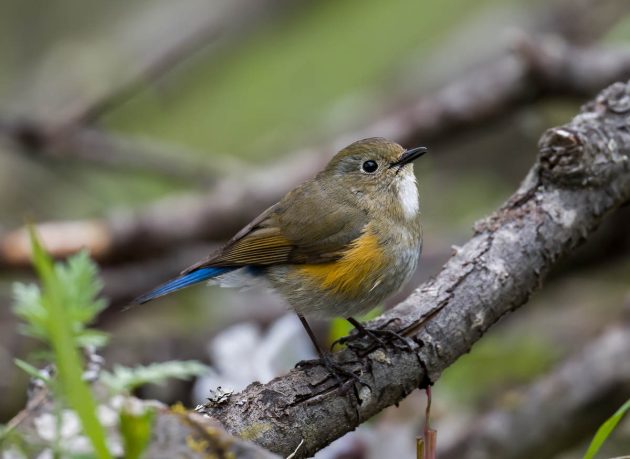
… and the Olive-backed Pipit. Still, nice to learn where they spend their summers. I agree that it can be too hot in Shanghai then. Also, there are no orchids there, and some of the more ordinary flowers in the tunnel area are nice to look at, too …
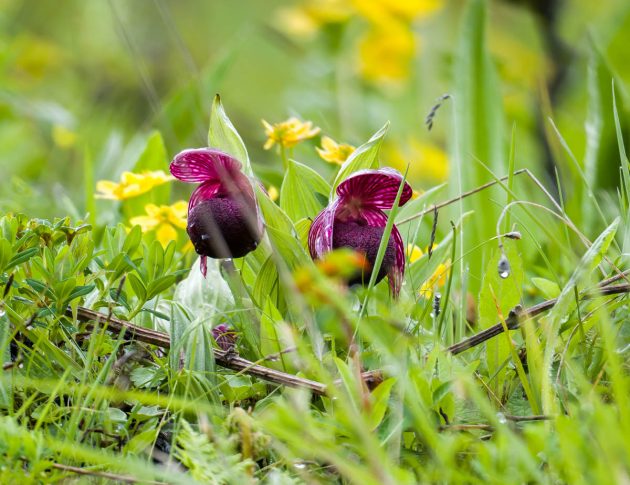
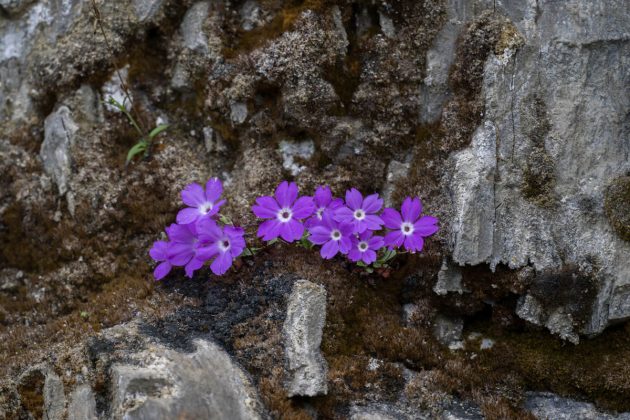













Chinese Monal feces come with barcodes?
Sure- this is a modern country!
Could the White-throated Redstart’s scientific name have something to do with a resemblance to a Stonechat? Just a thought. They do bear a passing resemblance.